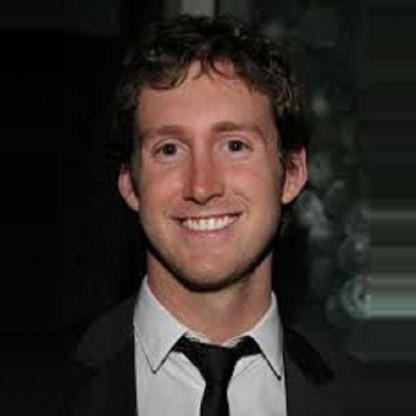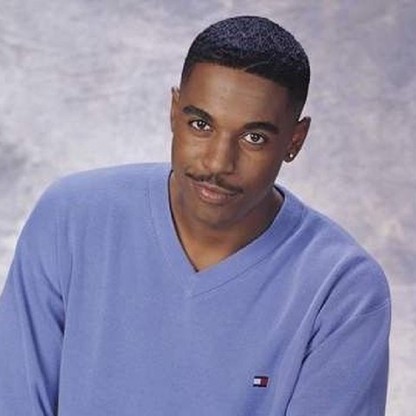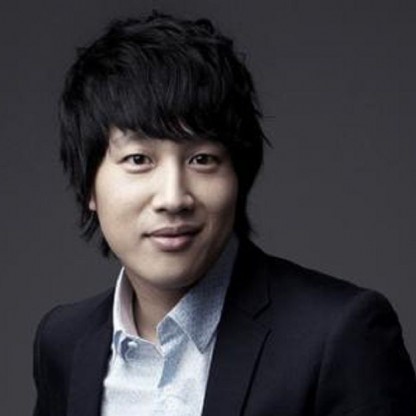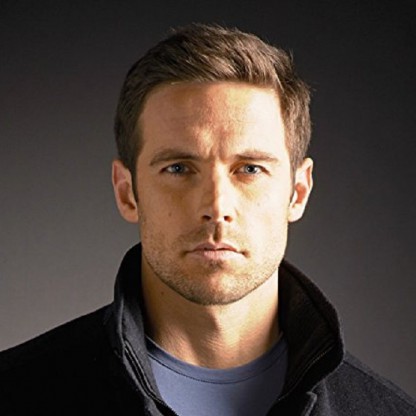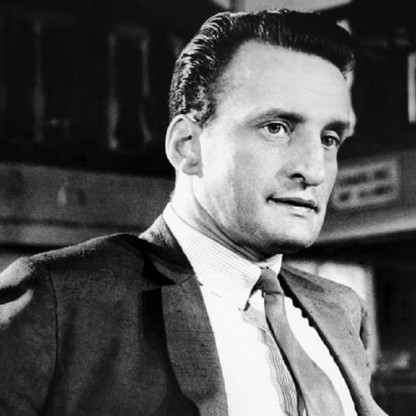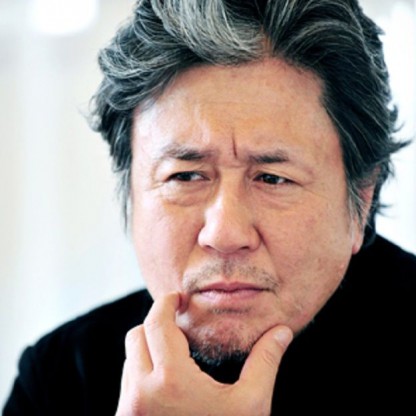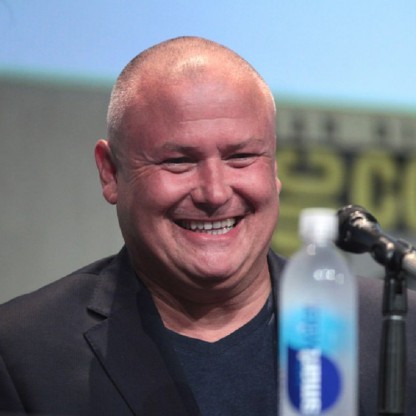He turned down an offer to direct Dr. No (1962), the first James Bond film. His next release, and somewhat outside his developing œuvre, was The Party's Over, which, though filmed in 1963, was not released until 1965. The film was heavily censored and, in protest, Hamilton asked for his name to be removed when the film was finally released.
